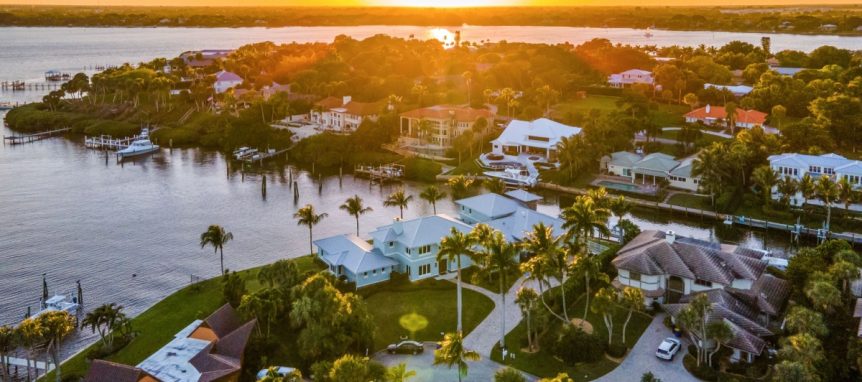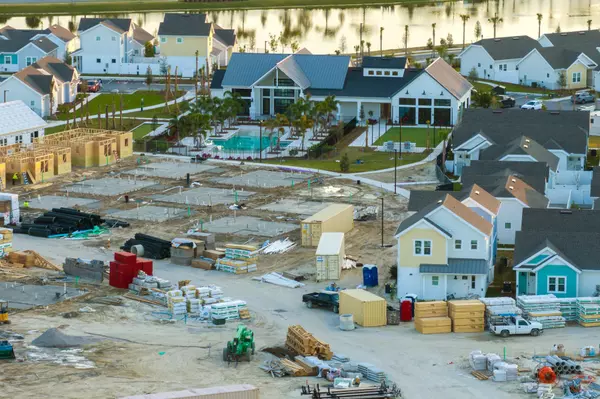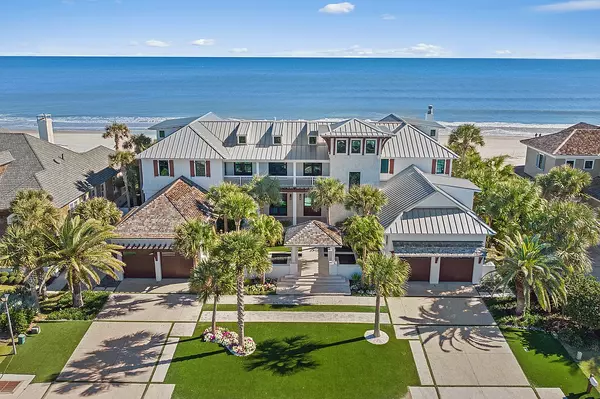What You Need to Know About Home Insurance
Purchasing a home is a significant financial commitment, and protecting that investment should be a top priority. A well-structured home insurance policy is a critical component of responsible homeownership. Whether you’re a first-time buyer or relocating to a new property, understanding your coverage options—particularly in regions with specific environmental considerations—is essential.
Not All Policies Provide the Same Protection
Home insurance policies can vary significantly depending on the home’s age, location, and construction type. Properties situated in coastal or subtropical regions are often exposed to elevated risks such as high winds, heavy rain, and flooding. For this reason, it’s important to ensure that your policy is tailored to the unique characteristics of the home and the area.
Flood Insurance Is Typically Not Included
One of the most common misconceptions is that flood coverage is included in standard homeowner policies. It is not. Homes located in low-lying or waterfront communities often require separate flood insurance, which can be obtained through the National Flood Insurance Program (NFIP) or a private insurer. Lenders may require this coverage depending on the property’s flood zone classification.
Windstorm and Hurricane Coverage May Be Separate
In many parts of Florida, especially along the coast, windstorm damage—including hurricane-related losses—is not automatically included in base policies. Instead, this type of coverage is often issued as a separate rider or policy. Homeowners should review their coverage carefully to ensure adequate protection against seasonal weather events.
Deductibles Can Vary by Type of Claim
It’s important to note that certain perils, such as hurricanes, may carry separate deductibles that are calculated as a percentage of the home’s insured value rather than a flat amount. Understanding how your deductible is applied can help prevent surprises when filing a claim.
Coverage Should Reflect Replacement Cost, Not Market Value
Insurance coverage should be based on what it would cost to rebuild the home in its current condition, factoring in materials, labor, and compliance with current building codes. This replacement cost is often different—sometimes substantially so—from the market value or purchase price of the home.
Potential Discounts and Premium Reductions
Many insurers offer premium discounts for homes equipped with mitigation features such as impact-resistant windows, hurricane shutters, reinforced roofing systems, and monitored security systems. Bundling home and auto policies may also reduce overall costs. A licensed insurance professional can help identify eligible discounts.
Expert Guidance for South Florida Buyers and Homeowners
As real estate professionals with experience in the South Florida market, we collaborate with trusted insurance providers who understand the specific risks and requirements of the region. If you’re preparing to purchase or sell a home, we are here to ensure you have the right resources, including guidance on selecting appropriate insurance coverage for your property.
Categories
Recent Posts










Leave a reply

